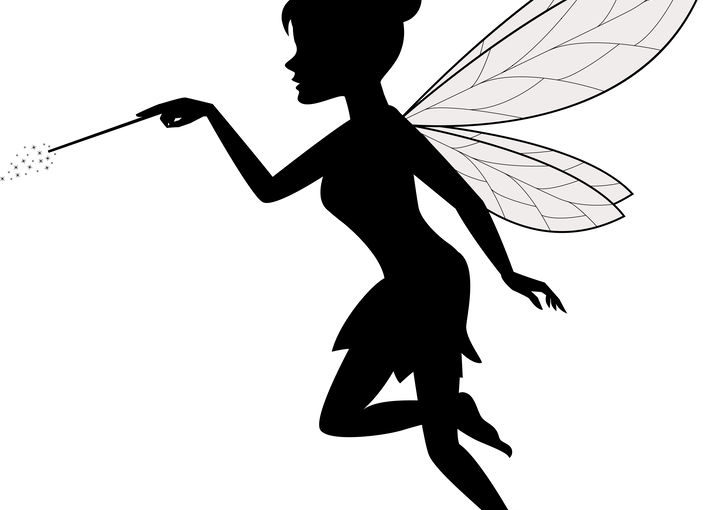
Have you ever seen Tinkerbell fly through the air at Disney? It’s magical, as she flies through the sky from the top of Cinderella’s castle, it appears effortless.
But of course it’s not.
Tinkerbell’s magical flight is the result of some genius cross-departmental tension. At Disney, two of their Core Keys of Conduct are Safety and Show.
Safety and Show may be at odds in many organizations, yet Disney leverages the tension between two seemingly opposite departments to create something better than either would alone. The creative want Tinkerbell to appear effortless and shimmering, yet the safety experts could better ensure no accidents by keeping her on the ground waving a flashlight.
Yet night after night, she flies from the castle in the sky, and she never gets hurt.
It’s because these two critical functions didn’t buy into the false comfort of compromise.
This same cross-departmental tension plays out in an even higher stakes endeavor at NASA. In her recent piece Why Interdepartmental Tension is a Good Thing (according to NASA) my business partner Elizabeth Lotardo describes how NASA leverages the tension between science and engineering during the Cassini Mission to Saturn. She writes, “Throughout the mission, the scientists want to know everything, and have as much data as possible. The engineers what to keep the spacecraft and the solar system safe.”
The Cassini, an incredibly ambitious mission sending a sophisticated robot to explore the rings and moons of Saturn, started in 1997 and lasted through 2017. The Netflix series 7 Days Out documents the last 7 days of the mission, when the team at NASA was tasked with crashing the spacecraft into the atmosphere in a way that wouldn’t damage Saturn or any of its moons.
Julie Webster, the leader of Cassini Spacecraft Operations, in essence, the Chief Engineer, and Linda Spilker, the Cassini Lead Project Scientist brought two high-performing teams together for something bigger than either could have achieved alone. Lotardo writes, “NASA’s mission statement calls on the agency “to pioneer the future in space exploration, scientific discovery and aeronautics research.” In the Cassini mission, it wasn’t just about the science. It wasn’t just about the engineering. The entire crew knew that a balance of the two was crucial to fulfill the Cassini mission, and ultimately the mission of NASA.”
Every organization has cross-departmental tension, whether it’s IT vs. finance or 2nd shift vs. 3rd shift. In average organizations, the teams fight it out. Either, each one gives a little, and they water down their best thinking, or one side dominates and the other team is marginalized.
The secret to high-performing organizations (like NASA and Disney) is their ability to leverage the expertise of seemingly conflicting goals without compromise.
Lotardo describes how Webster and Spilker at NASA do two things that set them apart. 1. They commit to a higher share purpose. 2. They have unwavering mutual respect.
Lotardo writes, “When leaders attempt to “break down silos” without a common purpose and mutual respect, people become defensive. Recognizing each component and the value they bring to fulfilling the purpose is the foundation for growth. “
Flying through space, whether you do it above Disney or you’re gathering data from Saturn, is a tough challenge. If you’re facing a tough job in your organization, ask yourself, where is our creative tension? How can we leverage our tension to make us even better?